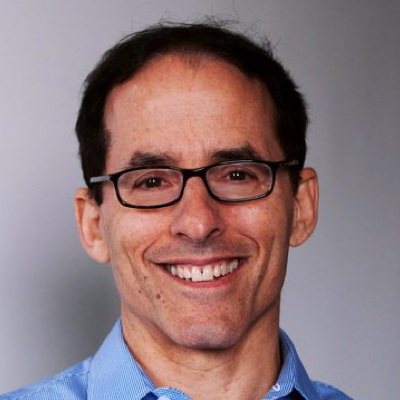July 02, 1999
Mark Weisbrot
Chicago Sun Times, July 2, 1999
Vancouver Columbian, July 8, 1999
The Fed launched a “pre-emptive strike” yesterday against an unseen enemy — inflation — by raising interest rates one-quarter percentage point. With inflation at its lowest level in 30 years (2.1%), why would the Fed want to start down a path that could cost hundreds of thousands of workers their jobs, slow the growth of wages, and raise the cost of borrowing to millions of home owners and consumers?
The Fed’s rationale is that labor markets have gotten “too tight.” For most Americans, the idea of labor markets being “too tight” makes about as much sense as the air getting “too clean” or people being “too happy.” They have a hard time understanding the hidden dangers of increasing job opportunities and paychecks.
But the Fed has a theory in which this all makes sense. The Fed’s theory says that if unemployment gets “too low,” employees will begin to demand higher wages and salaries. That could cause employers to raise prices, leading to more wage demands. The Fed’s great fear is that an “inflationary wage-price spiral” will spin out of control.
There has never been much evidence to support this theory. Some have argued that the Fed is still fighting the last war — the inflation of the 1970s. But even that inflation was the result of rising oil prices, not tight labor markets. Previous bouts with inflation in the United States have generally resulted from wars or other external events.
The holes in the Fed’s theory have been getting bigger and more numerous each year, to the point where there is hardly anything left of it. Until four years ago the Fed (along with most prominent economists) thought that 6 or 6.25 percent was as low as unemployment could fall without accelerating inflation. That part of the theory has gone straight to the trash heap, as unemployment has fallen to 4.2 percent while inflation has actually declined.
The structure of our economy has also changed since the Fed fought its last battles against inflation twenty years ago. There is a good deal more competition, especially from the international economy. While the majority of employees have not benefited from this increased competition — their real wages have been declining for more than two decades — it does make it more difficult for companies to raise prices.
The Fed has recognized some of these changes but doesn’t seem to know how to reconcile them with its dogma. According to the minutes of its February meeting, a number of Fed policy makers “suggested that the inflation process was not well understood and that inflation forecasts were subject to a wide range of uncertainty.” The New York Times aptly noted that this was “like a conference of top cardiac surgeons deciding that it did not really know how the heart works.”
Last year the Fed lowered interest rates by three-quarters of a point, in response to instability in the international financial system. And Fed Chairman Alan Greenspan has also been afraid that raising interest rates might tank a stock market that he knows is highly overvalued — he does not want to get blamed for a crash. But he seemed to be preparing the public for this possibility in his last speech: he noted that the bursting of a financial bubble “need not be catastrophic,” and that the stock market crash of 1987 “left little lasting imprint on the American economy.”
The Fed argues that we can’t wait until we can actually see inflation rising before taking action to slow down the economy and wage growth. A host of soothing metaphors in the business press, such as “tapping on the brakes,” or bring the economy in for “a soft landing” have substituted for evidence and logic in shoring up the Fed’s argument.
But the real threat to our economy is not from rising wages but rising interest rates. The conventional wisdom has it backwards: by the time the Fed has done its damage, it will be too late (as in 1990) to avoid a painful recession.
We need a pre-emptive strike, all right — not against inflation, but against the Fed.






